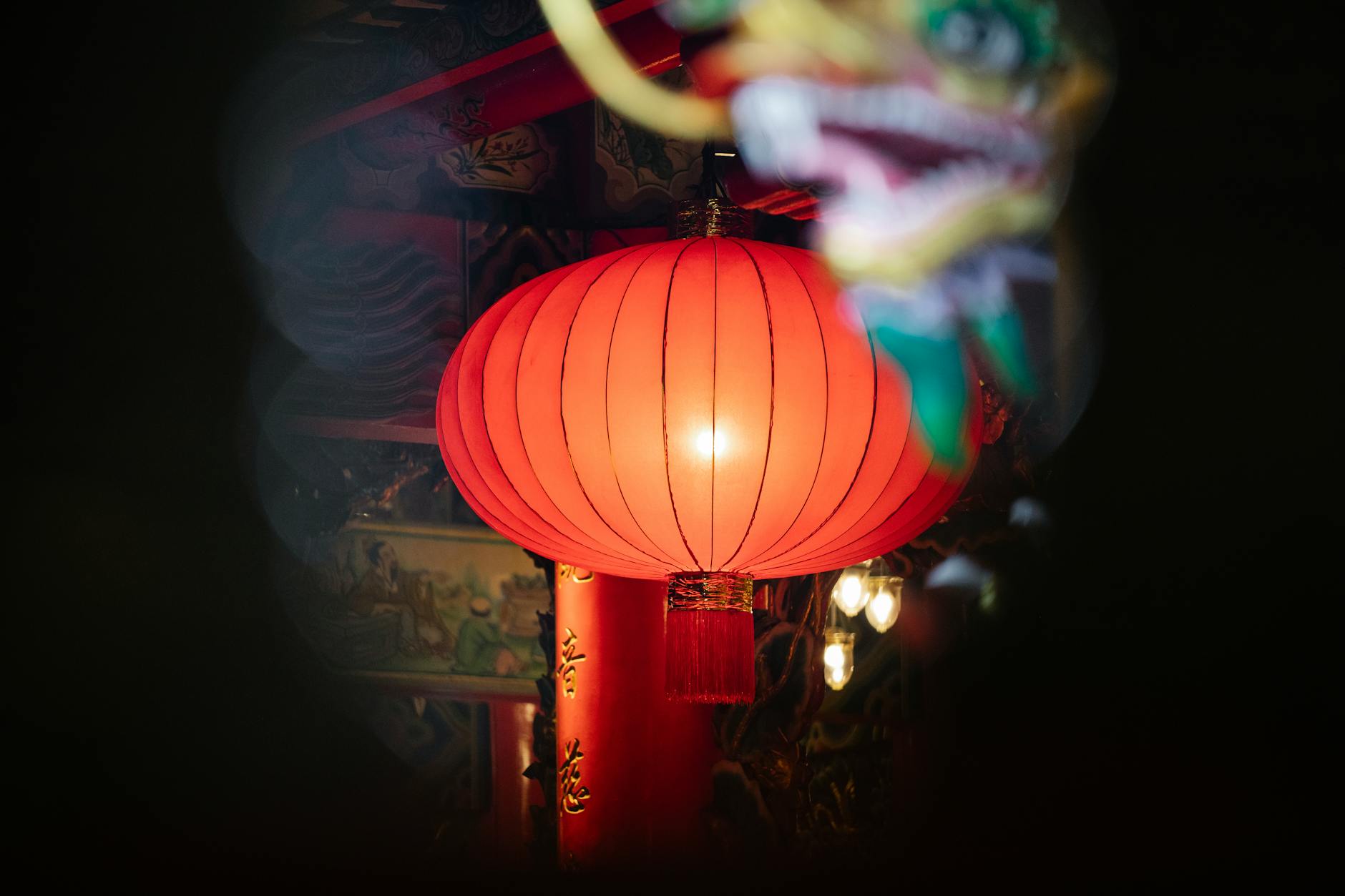Unveiling the Red Dragon
The red dragon is a fascinating symbol that has captured the imagination of many cultures throughout history. To truly understand the red dragon meaning, it’s essential to explore its historical significance, cultural representations, and interpretations in different contexts.
Historical Significance of the Red Dragon
The red dragon has a rich historical background, with its origins tracing back to ancient civilizations. In many cultures, dragons were revered creatures, often associated with gods and mythical tales. The red dragon, in particular, was seen as a symbol of power, strength, and dominance.
| Civilization | Historical Context |
|---|---|
| Ancient China | Emperors used the red dragon as a symbol of imperial power and divine authority. |
| Ancient Greece | Dragons were often depicted as guardians of treasures and sacred places. |
| Medieval Europe | The red dragon appeared in legends and heraldry, representing valor and nobility. |
Cultural Representations of the Red Dragon
Different cultures have portrayed the red dragon in various forms, each adding unique layers to its symbolism. These representations often reflect the values and beliefs of the society at the time.
- Chinese Culture: The red dragon is a prominent figure in Chinese mythology, symbolizing good fortune, prosperity, and strength. It is often depicted as a benevolent creature that brings rain and fertility.
- Welsh Culture: The red dragon is a national symbol of Wales, representing courage and resilience. It is famously part of the Welsh flag, known as “Y Ddraig Goch.”
- Japanese Culture: In Japanese folklore, the red dragon is seen as a protector and a harbinger of good luck, often associated with water and weather control.
Interpretations of the Red Dragon in Different Contexts
The red dragon’s symbolism can vary significantly depending on the context in which it is interpreted. Understanding these nuances can provide a deeper insight into its meaning.
| Context | Interpretation |
|---|---|
| Mythology | Seen as a powerful and wise creature, often guiding heroes on their quests. |
| Astrology | Represents fiery energy, passion, and transformation. |
| Literature | Used as a metaphor for inner strength, challenges, and personal growth. |
| Art | Symbolizes dynamic movement, intensity, and vibrant energy. |
By delving into the historical significance, cultural representations, and various interpretations of the red dragon, one can appreciate the depth and complexity of this powerful symbol.
Symbolism of the Red Dragon
The red dragon is a figure steeped in rich symbolism across various cultures and contexts. Its meanings are diverse, spanning from strength and power to protection and wisdom, and even transformation and rebirth. Let’s delve deeper into these symbolic facets.
Strength and Power
The red dragon is often seen as a symbol of immense strength and power. In many cultures, dragons are depicted as mighty creatures that command respect and awe. This symbolism is particularly prevalent in Eastern cultures, where dragons are revered as powerful beings capable of controlling the elements.
| Culture | Symbolism | Description |
|---|---|---|
| Chinese | Strength | Dragons are seen as rulers of weather and water. |
| European | Power | Dragons often guard treasures and are formidable opponents. |
Protection and Wisdom
In addition to strength, the red dragon is also a symbol of protection and wisdom. Many mythologies depict dragons as guardians of sacred places or treasures, offering protection to those who are worthy. Furthermore, dragons are often considered wise creatures, possessing ancient knowledge and insight.
| Culture | Symbolism | Description |
|---|---|---|
| Japanese | Protection | Dragons are seen as protectors of the people and the land. |
| Celtic | Wisdom | Dragons are symbols of ancient wisdom and knowledge. |
Transformation and Rebirth
Another important aspect of the red dragon’s symbolism is transformation and rebirth. In many myths, dragons undergo significant transformations, representing change and renewal. This symbolism aligns with the idea of shedding old ways and embracing new beginnings.
| Culture | Symbolism | Description |
|---|---|---|
| Hindu | Transformation | Dragons symbolize the cycle of life, death, and rebirth. |
| Native American | Rebirth | Dragons are seen as symbols of renewal and regeneration. |
The Red Dragon in Modern Culture
The red dragon continues to hold significance in modern culture, appearing in literature, films, and even as national symbols. Its powerful imagery and deep-rooted symbolism make it a compelling figure in contemporary storytelling and art.
| Medium | Representation | Description |
|---|---|---|
| Literature | Symbol of Power | Appears in fantasy novels as a powerful entity. |
| Film | Guardian Figure | Seen as protectors or wise guides. |
| National Symbols | Strength and Heritage | Represents strength and cultural heritage. |
By exploring the multifaceted symbolism of the red dragon, one can gain a deeper understanding of its enduring appeal and significance across different cultures and eras.

